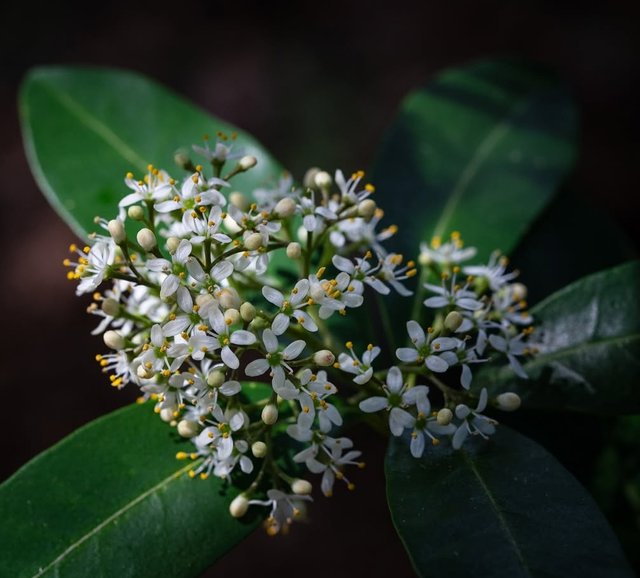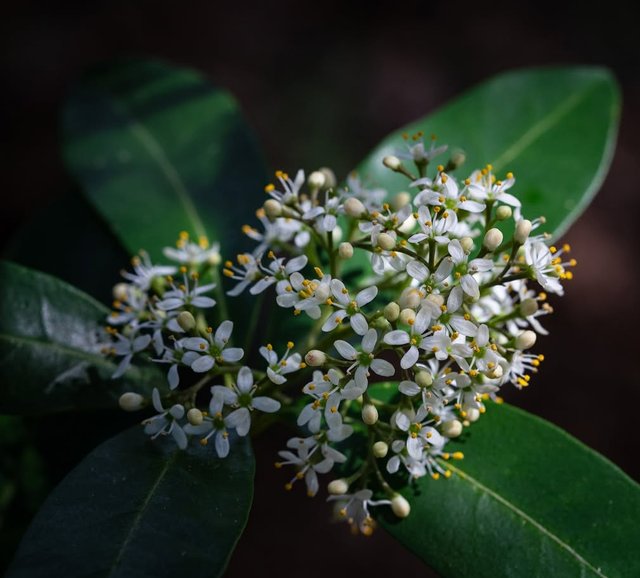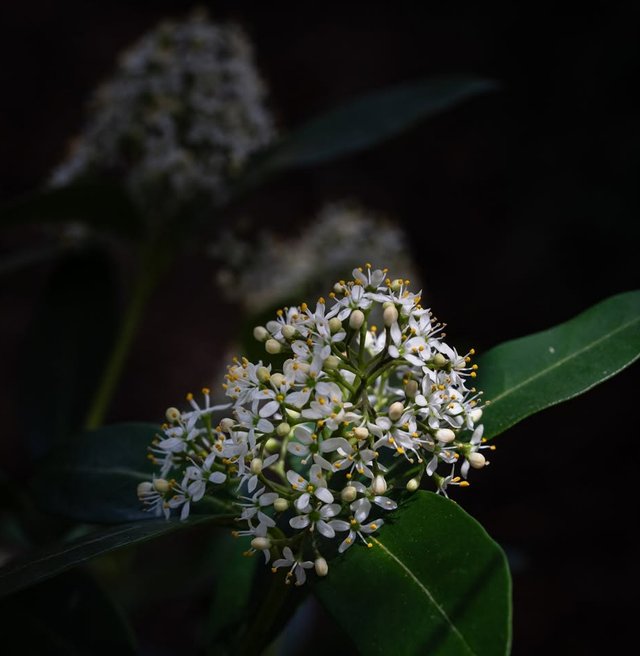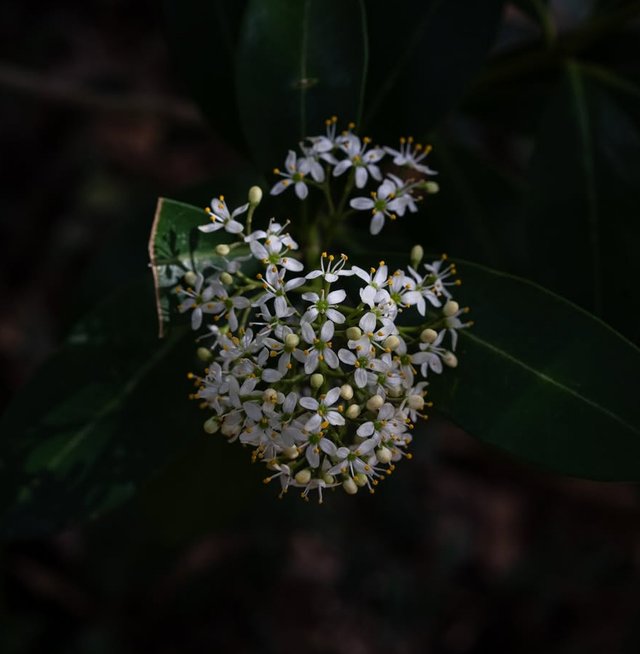So Beautiful Skimmia Japonica Flower
Skimmia japonica: A Garden Gem for Year-Round Interest
If you're searching for a plant that offers year-round interest, low maintenance, and a splash of seasonal color, look no further than Skimmia japonica. Native to the woodlands of Japan, China, and Southeast Asia, this evergreen shrub has become a beloved staple in temperate gardens across Europe and North America for its versatility, resilience, and decorative appeal.
Botanical Profile
Scientific name: Skimmia japonica
Family: Rutaceae
Common name: Japanese skimmia
Type: Evergreen shrub
Hardiness: USDA zones 6–9
Mature size: 3–5 feet tall and wide
Growth rate: Slow to moderate
Seasonal Appeal
One of the most attractive features of Skimmia japonica is its multi-season interest:
Spring: The plant bursts into bloom with dense clusters of small, fragrant white or pink-tinged flowers. These blooms not only provide early-season interest but are also a magnet for pollinators such as bees.
Summer: Glossy, leathery green foliage persists through the heat, offering lush background greenery for brighter summer flowers.
Autumn: Female varieties begin to show off bright red berries that develop from the spring flowers, providing a beautiful contrast to the dark foliage.
Winter: While many plants fade in winter, Skimmia stands strong. The berries remain vibrant through the cold months, and the evergreen foliage remains pristine, often dusted in frost or snow, creating a picturesque winter scene.
Male and Female Plants
Skimmia japonica is dioecious, meaning male and female flowers grow on separate plants. If you're aiming for berry production, you’ll need to plant at least one male plant for every five or six females. A popular male variety is ‘Rubella’, which is grown as much for its dark red flower buds as it is for pollination purposes. 'Nymans' is another reliable male cultivar.
Cultivation and Care
Light requirements: Partial to full shade is ideal. Too much direct sun can scorch the leaves and diminish the plant’s vibrancy.
Soil: Prefers well-drained, acidic to neutral soil rich in organic matter. It doesn’t fare well in chalky or highly alkaline soils.




%20(7).jpeg)